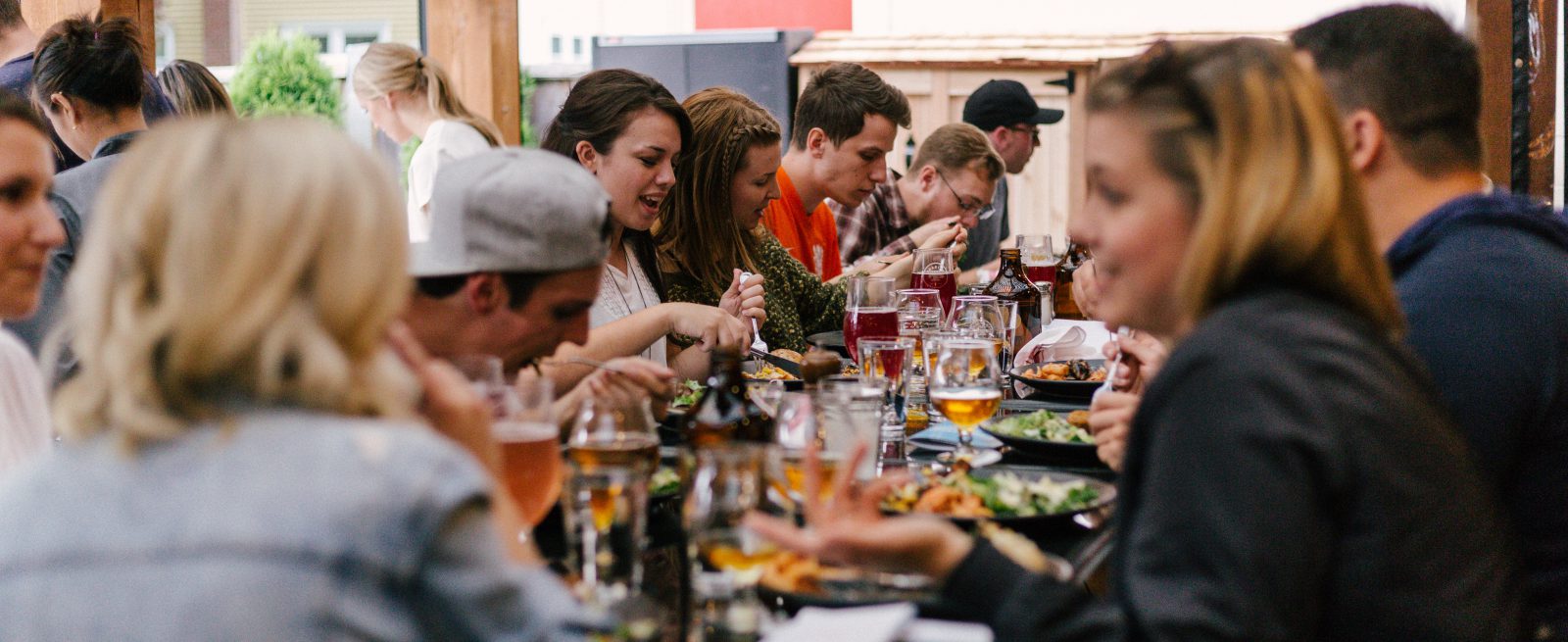Is Dynamic Pricing Right for Your Restaurant Brand?
2 Min Read By Dora Furman
More restaurant operators are taking advantage of dynamic pricing, which is the process of adjusting prices based on customer demand. While relatively few U.S. restaurants have adopted this new approach on a day-to-day basis, many operators are wondering if it might have merit for their operations.
A few restaurants have been successful in executing dynamic pricing as a core part of their strategy, with the most well-known being Chicago restaurant Next, which opened in 2010. The restaurant is consistently rated one of the top 10 in Chicago, and sells reservations in advance online with prices that vary depending on the day and time. For example, a Friday 5 p.m. reservation might tie to a $185 charge per person, while a 5:45 p.m. reservation on the same day may be $195. As the night moves into the most popular timeframes, the reservation price increases.
Here are three things to think about as you consider a pricing strategy:
Before You Seek a New Approach Outwards, Look Inwards
Increasing amounts of customer data are available through loyalty programs and advanced point-of-sale systems. With this data, operators can more easily and more accurately gain real insights into who their customers are and what how they purchase. Taking the guesswork out of restaurant pricing enables operators to develop price strategies that increase profitability through increased traffic and/or increased spend per head.
Make Sure Your Pricing Approach Matches Supply and Demand
In any industry, the idea behind dynamic pricing is to create more demand during slower times through reduced pricing, and to capitalize on the demand at busier times through increased pricing.
As an example of a dynamic pricing approach, an operator that is experiencing a small lunch crowd on a Wednesday could deploy a dynamic pricing initiative and send a promotion to new and existing customers through digital channels (email blasts or social media posts) and third-party delivery partners.
It Always Pays Off to Be Responsive to Data and Create a Plan
To create a successful dynamic pricing strategy – or any pricing strategy, for that matter – it’s important to put in the time, energy and financial resources to analyze customer data and then create a plan.
However, since applying a dynamic pricing approach is data and labor intensive, and requires daily or weekly maintenance, this may not be the best fit for all restaurant brands. Therefore, alternative price strategies such as ‘bundling’ or ‘discounts’ can be more practical.
Could the “date night” couple (ordering an appetizer, two main courses and two drinks) be encouraged to eat or drink more? Are there changes to the menu (bundling or other discounts) that can be made on a Monday evening that can increase the date night couple’s frequency of visits from once every three months to once a month?
Eventually, digital menus will become the norm for restaurant companies of all sizes, specifically in the QSR and fast casual space, allowing operators to make instant changes to pricing according to supply and demand.
If the decision is made to implement dynamic pricing strategies, managers must be trained to play to the strengths of the model and react quickly when needed. With the best strategies in place, every restaurant will be ready to push meaningful offers to the right people at the right time.


